Learning & Teaching
Learning and Teaching encompasses the following areas: Student Outcomes, Curriculum, Assessment, Reporting, Principles and Pedagogy.
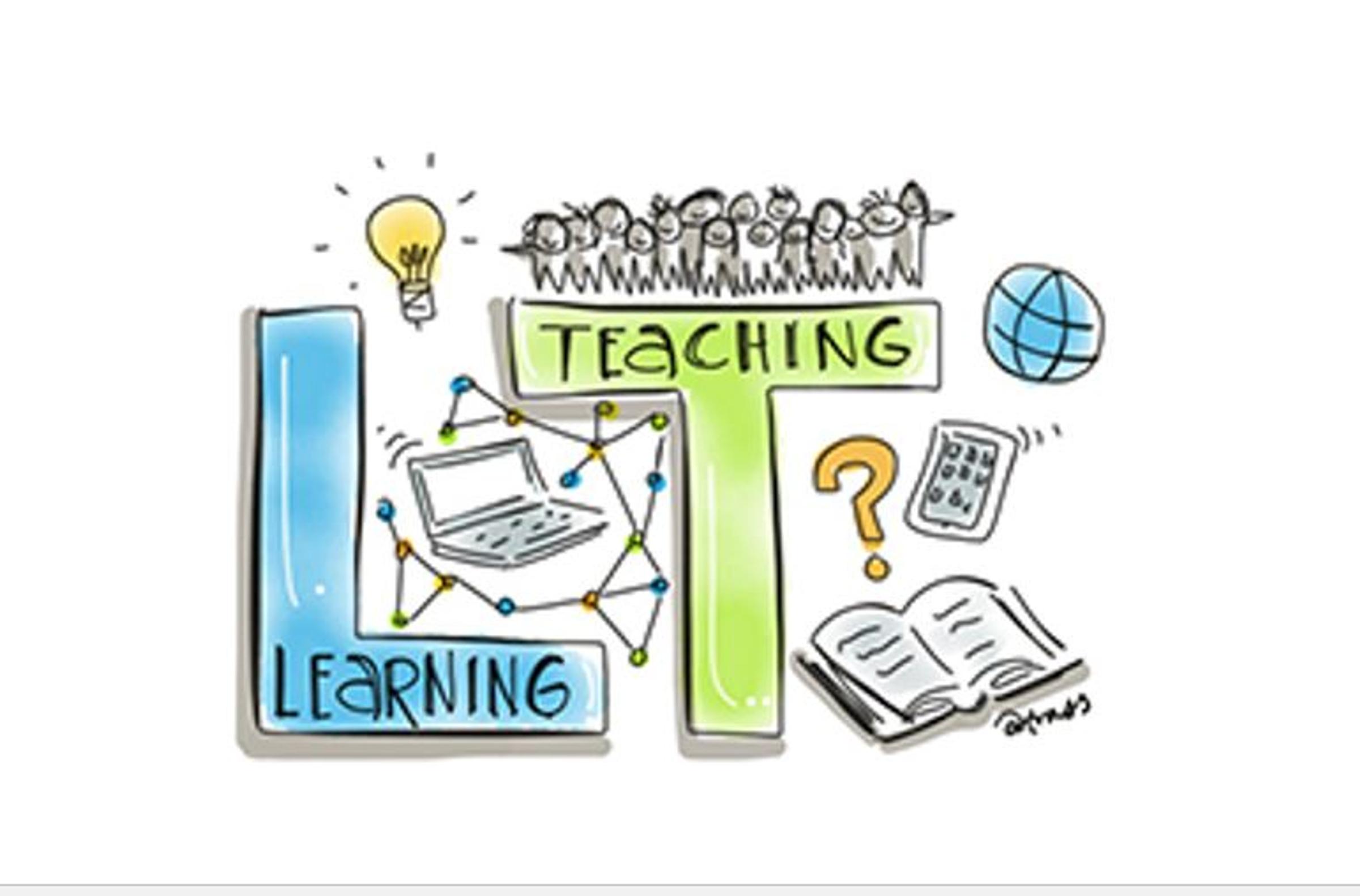
Learning & Teaching
Learning and Teaching encompasses the following areas: Student Outcomes, Curriculum, Assessment, Reporting, Principles and Pedagogy.
National Reconciliation Week 2025: Bridging Now to Next


This week is National Reconciliation Week (27 May—3 June). National Reconciliation Week (NRW) is a time for all Australians and our students to learn about our shared histories, cultures, and achievements and explore how we can contribute to reconciliation in Australia.
The theme for 2025 is “Bridging Now to Next,” which reflects the ongoing connection between past, present, and future and urges us to look ahead and continue moving forward as past lessons guide us.
Why Reconciliation Matters
Reconciliation is about strengthening the relationships between Aboriginal and Torres Strait Islander peoples and non-Indigenous Australians. Reconciliation acknowledges the truth of our past, celebrates the oldest continuing cultures in the world, and helps us work together for a fairer, more inclusive future.
What We’re Doing at School
Throughout the week, our students will engage in various activities designed to deepen understanding and spark conversations about Reconciliation. Families can also get involved by helping children build respect and empathy, and talking about what your child has learned this week. We also encourage you to visit your local library and read books by Aboriginal and Torres Strait Islander authors together.
To learn more about National Reconciliation Week please visit https://www.reconciliation.org.au/our-work/national-reconciliation-week/
Speech Pathology for Schools (SPS) Evidence Bites is a regular SPS feature to highlight key evidence-based research to improve student outcomes. See attachments for more info.
The Importance of Sounds for Early Reading Development.


National Simultaneous Storytime 2025 – The Truck Cat
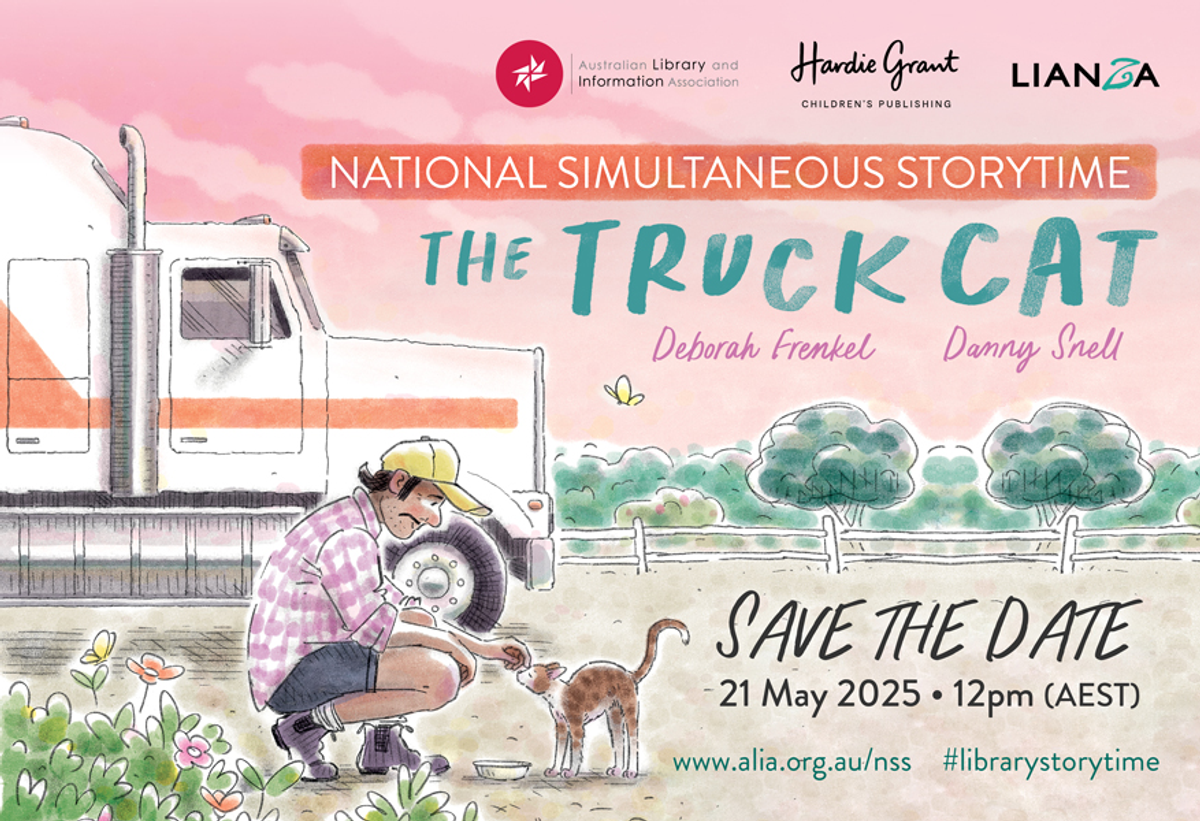

On Wednesday, May 21st, students across Australia and New Zealand took part in National Simultaneous Storytime 2025. This year’s featured book was The Truck Cat by Deborah Frenkel and Danny Snell, a heartwarming story about a stray cat who finds friendship and a new home while travelling the country in a truck.
2,204,658 participants from 16,632 locations registered for the event, making it one of the biggest shared reading experiences of the year.
At 12 noon, our Foundation and Year 1/2 students joined in to listen to the live reading. After the story, they enjoyed learning more about how the book was created, including a look into the illustration process and the inspiration behind the characters.
Missed it or want to watch it again? You can view the recording of the live event here: Live Stream Recording Link
Sounds, Letters and Words – Foundation Literacy Focus
Foundation students have been working hard to build their phonological knowledge this term. They’ve been learning to recognise letters and sounds, read and spell tricky words, and practise segmenting and blending sounds to make words. They've also been experimenting with swapping letters to create new words. Ongoing assessments have demonstrated steady progress in students’ early literacy skills, particularly in their confidence with sounds, letters, and word building.
Exploring Information Texts – Year 1/2 Literacy Focus
Year 1/2 students have been reading a range of information texts and books this term. They’ve been learning how to identify and use key features such as headings, captions, labelled diagrams, and fact boxes. Students have also been exploring how information texts are structured and how to find facts about animals, places, and interesting topics.
Through reading and discussing these texts, they’re developing important skills like scanning for information, recognising topic-specific vocabulary, and organising ideas clearly. They’ll soon be putting this into practice by creating their own simple information reports.
Off We Go Around Australia – Year 3/4 Literacy Focus
This term, our Year 3/4 students have been reading Off We Go Around Australia, a fun story about a family travelling across the country. Along the way, they stop at some of Australia’s most iconic places and learn about the different landscapes, people, and cultures that make each spot special. Inspired by the journey, students have been writing their own postcards from the places visited in the book.
Us Mob Walawurru – Year 5/6 Literacy Focus
This term, our Year 5/6 students have been reading Us Mob Walawurru, a story set in Central Australia in the 1960s. It’s told from the perspective of Ruby, a young Luritja girl growing up on a cattle station. As she gets to know her new teacher, who comes from a very different background, Ruby starts to think more deeply about her own culture and identity. The story has opened up some great conversations about Aboriginal culture, connection to Country, and the changes faced by communities during that time.
Literacy Leader
Bernadette Parnis
bparnis@sfmoreland.catholic.edu.au
Issue 4 catalogues are now available - orders due back by Wednesday June 4.

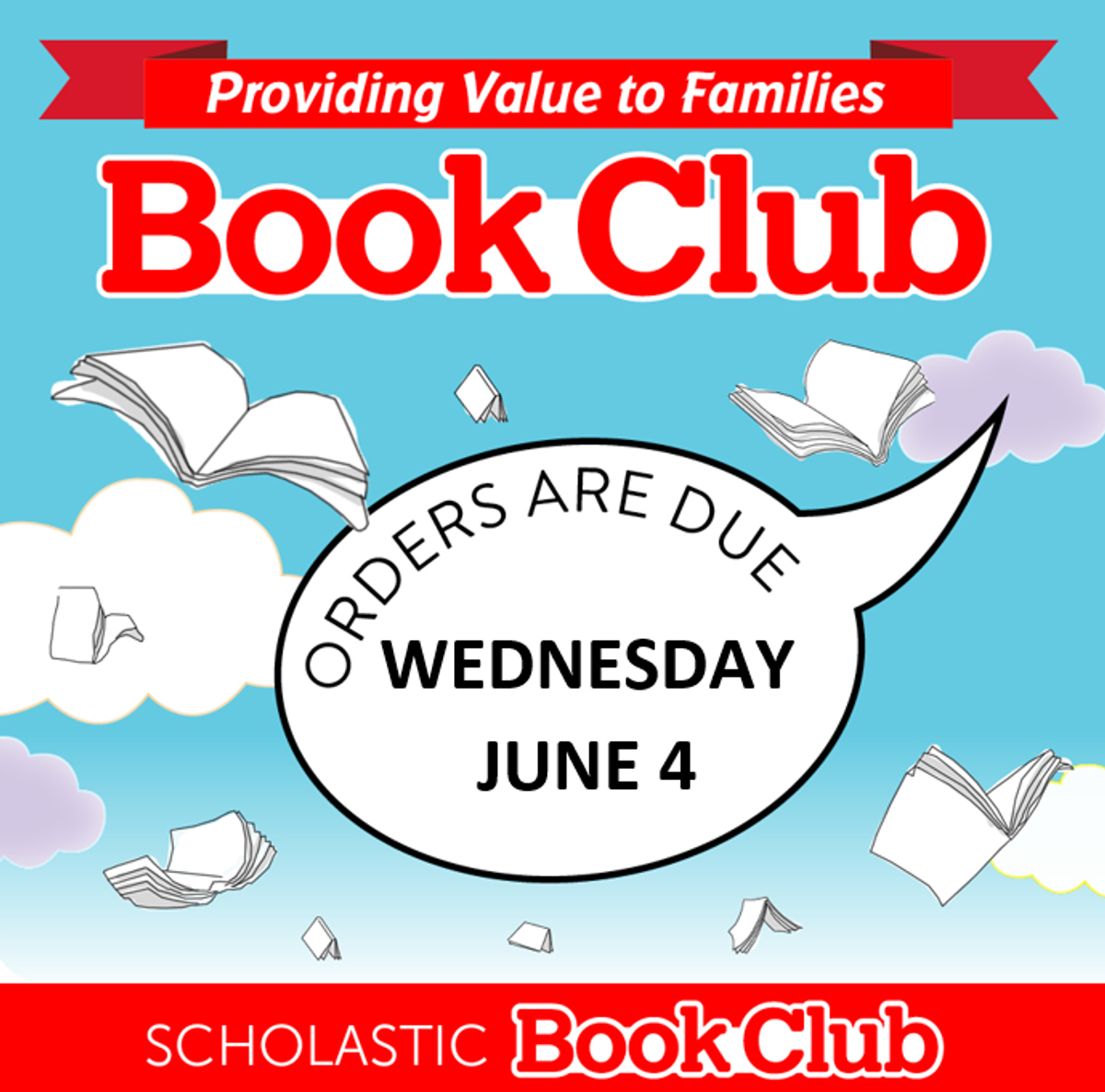


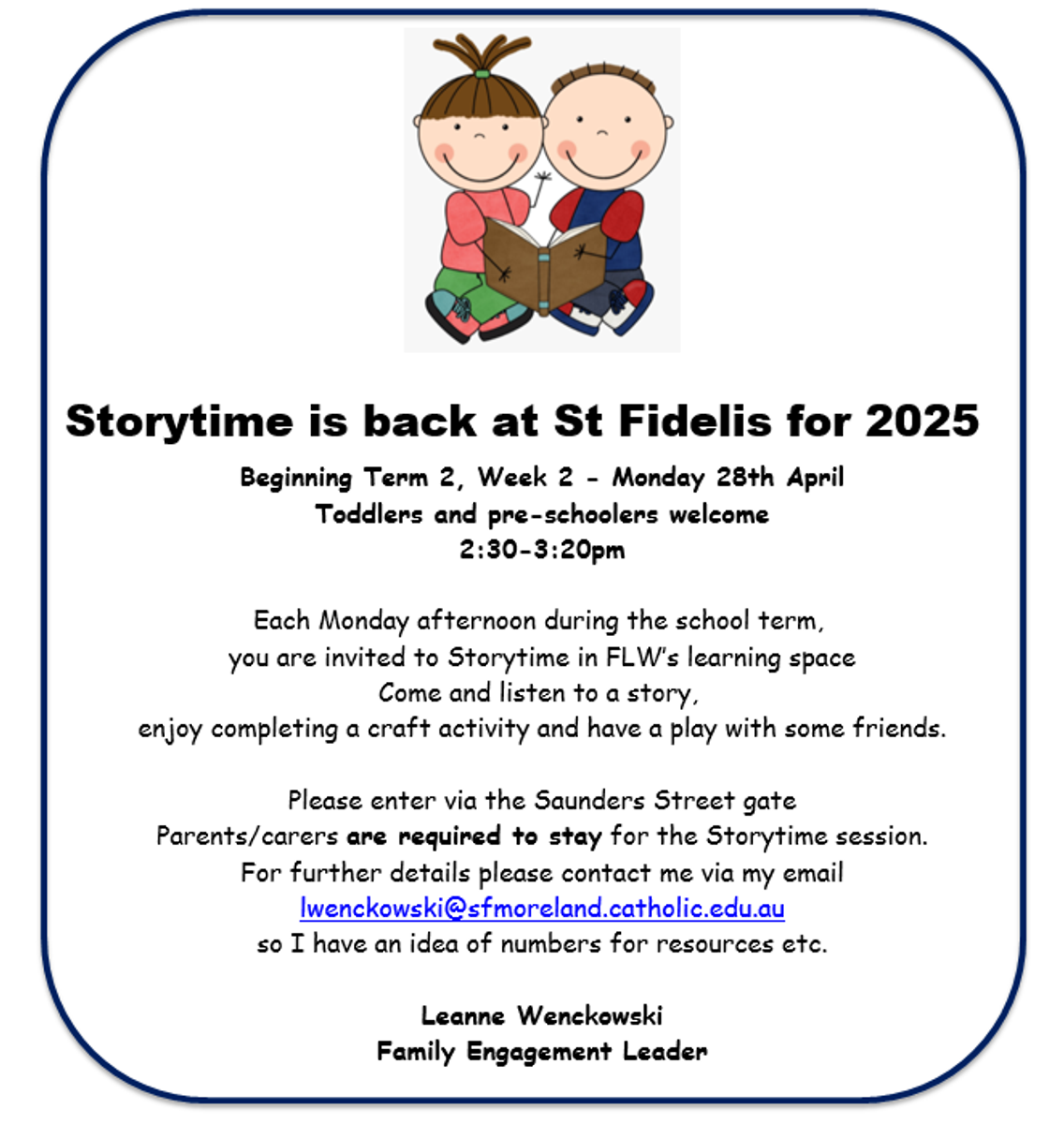



The Power of Counting: Building Strong Foundations in Mathematics
We are committed to building strong mathematical foundations for all our students, and one of the most effective ways to do this is through counting. It might seem simple, but counting is a powerful skill that supports your child’s mathematical understanding well beyond the early years.
Counting is much more than reciting numbers. It helps children develop an understanding of how numbers work and relate to each other.It helps them recognise that numbers are made up of tens, hundreds,etc.. It also helps with being able to estimate, compare, and work flexibly with numbers. Quickly working out answers without always needing paper or a calculator is another benefit of counting.
Children at different stages will count in different ways. This could include:
Here are some easy, fun ways to support your child:
Counting activities don't have to take long – even a few minutes a day can make a big difference!
In the Victorian Curriculum, counting supports key areas in Number and Algebra, especially in understanding place value, developing fluency with number patterns, and preparing students for more complex operations such as multiplication and division.
With a little counting every day, we can build confident, capable mathematicians – one number at a time.
This week our juniors showed how clever they were counting by 5’s. They had the choice of their starting number and were given two minutes to continue the pattern. As you can see they were very engaged in the task. Well done to all for extending yourselves and taking up the challenge of counting by 5’s.
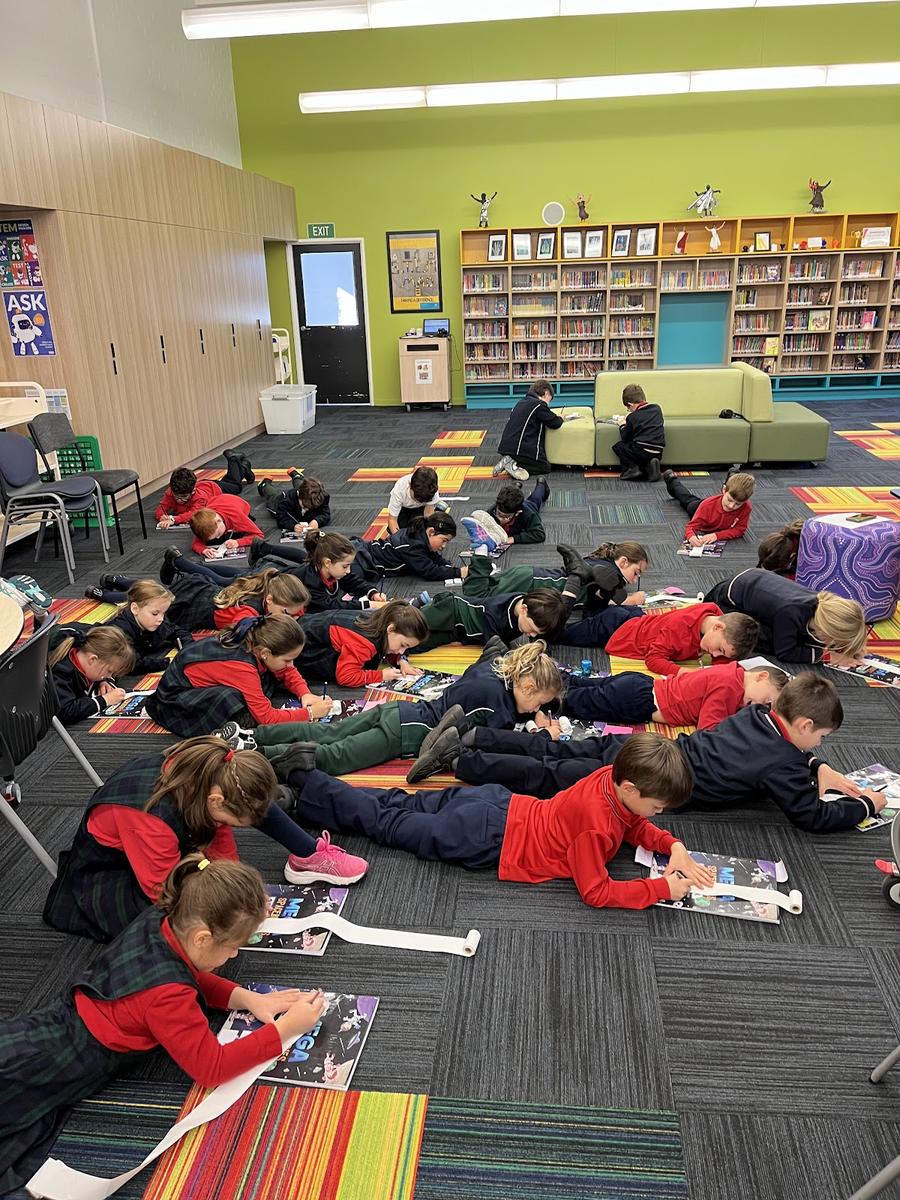
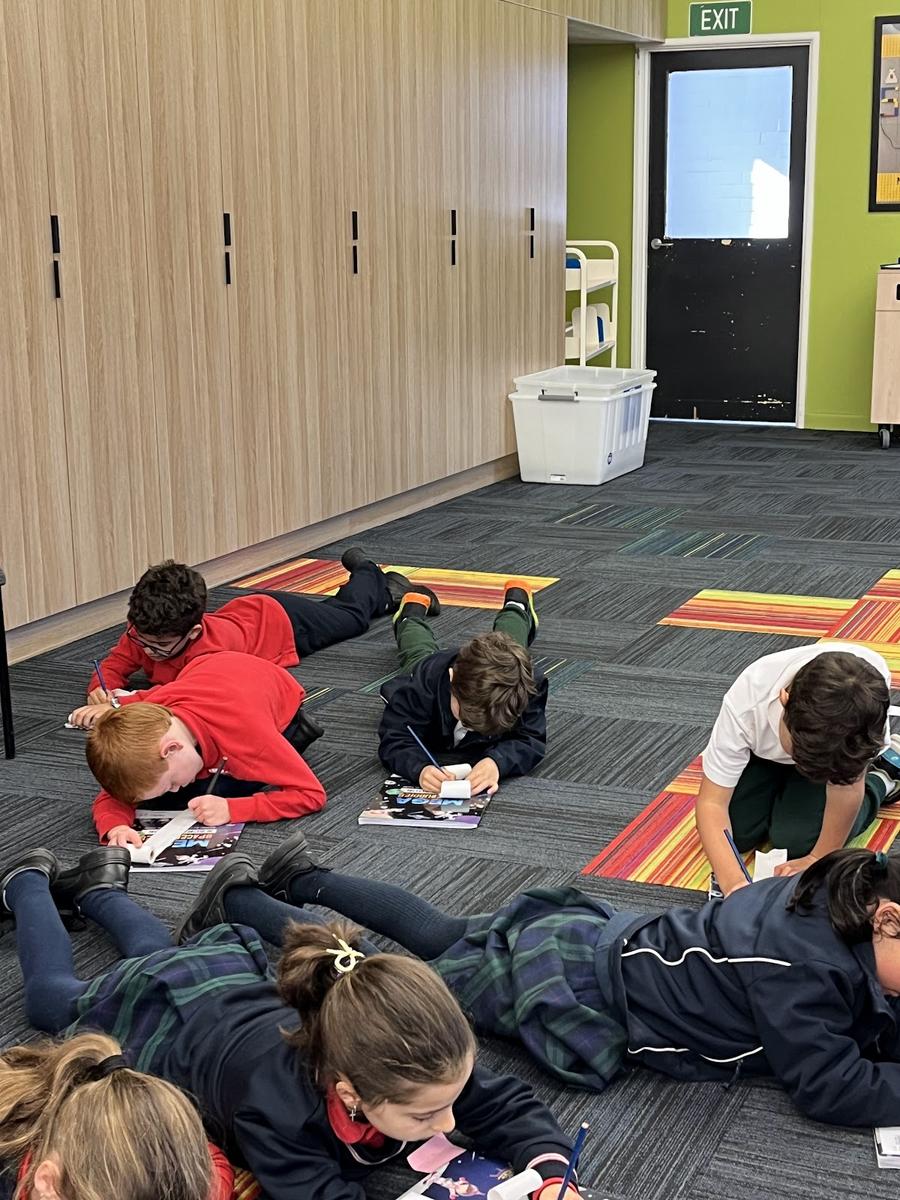

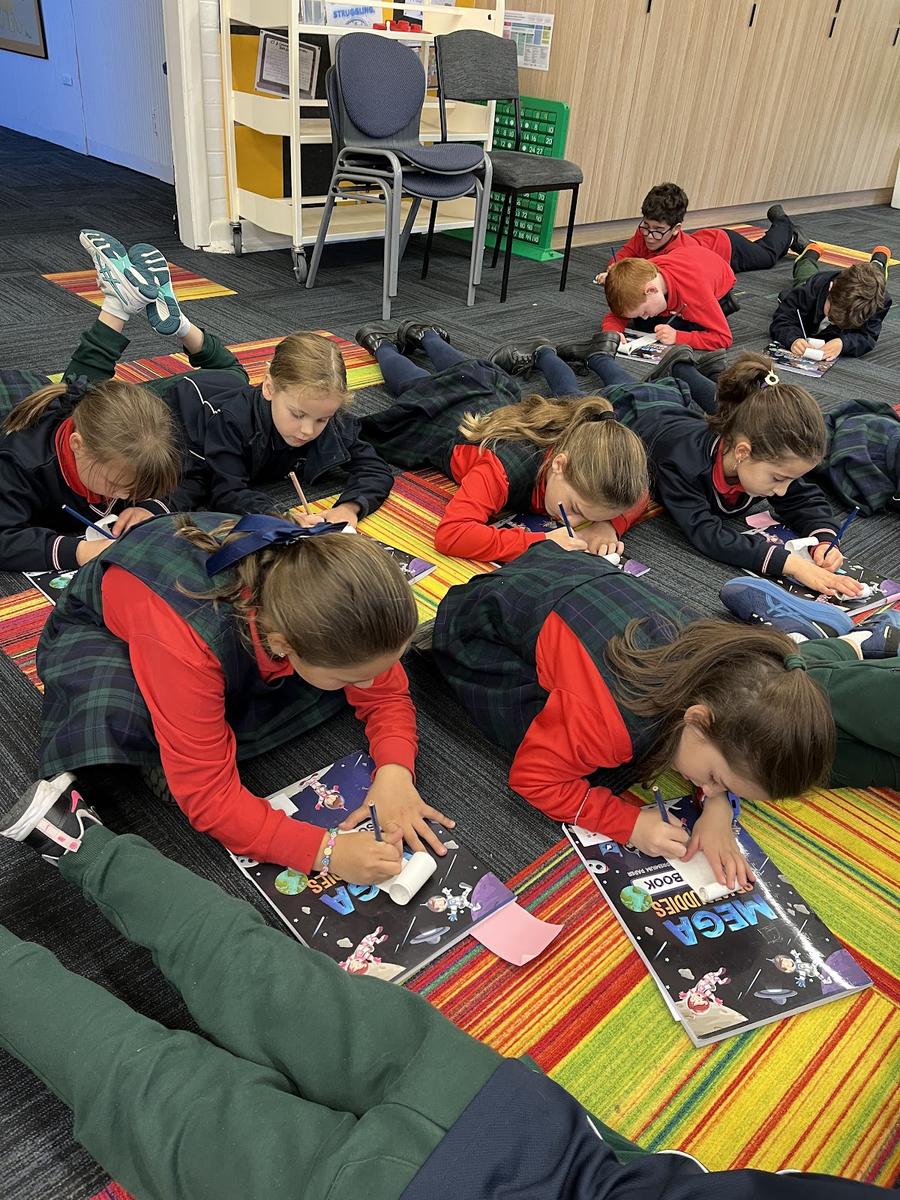
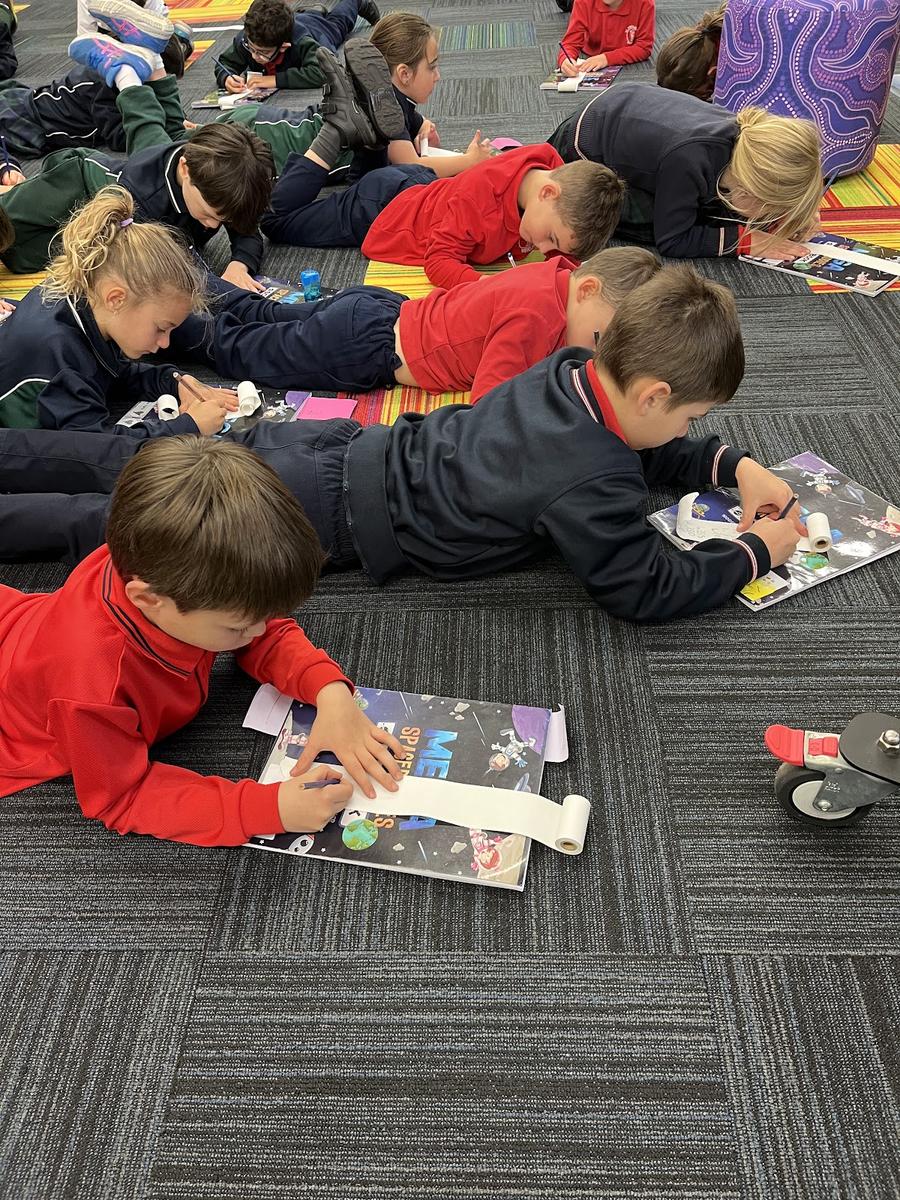
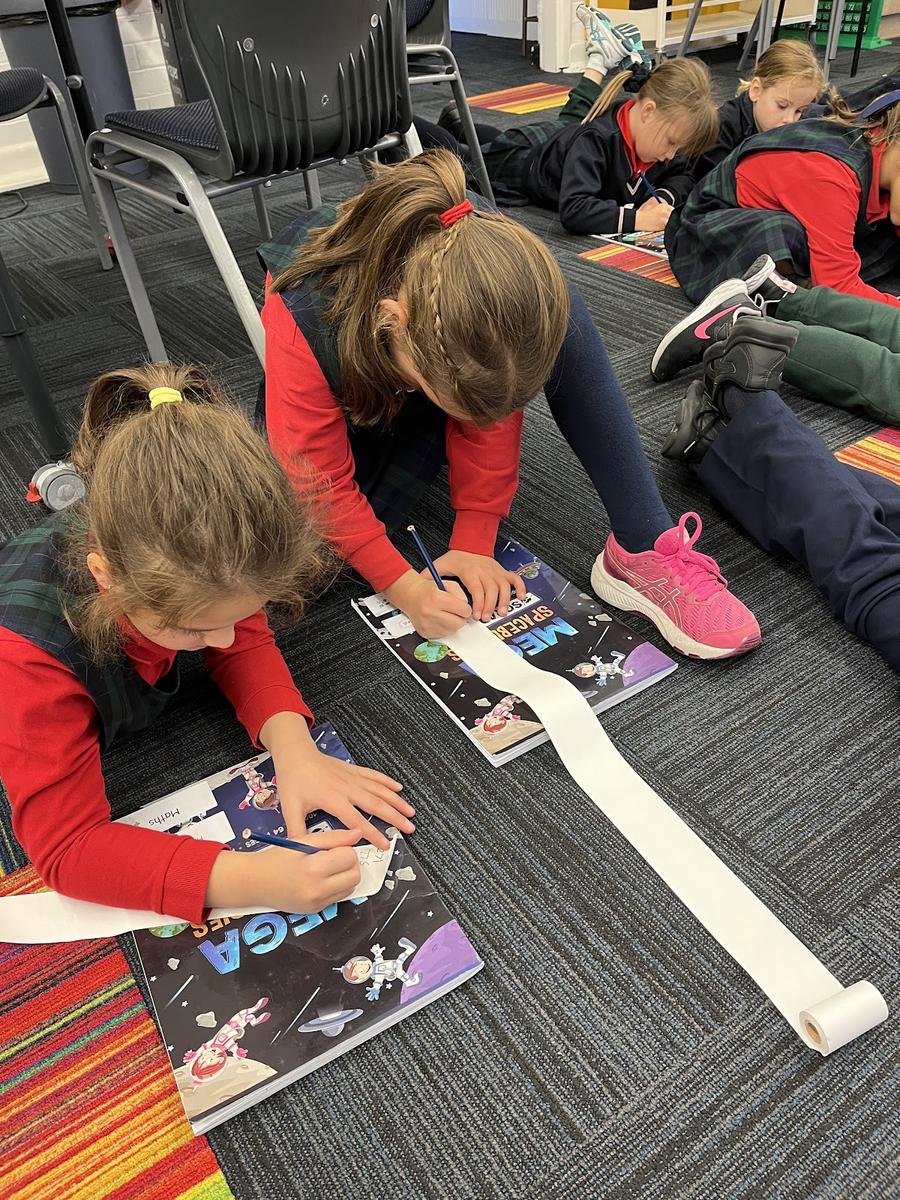






Year 1/2 STEM Spotlight: Exploring Augmented Reality!
This week in STEM, our curious Year 1 and 2 students stepped into the exciting roles of Scientists, Collaborators, and Researchers!
Using the Merge Cube and the Merge Explorer app, students selected a topic of interest and worked together to investigate it in a hands-on, interactive way. With the help of Augmented Reality (AR), they were able to explore 3D objects and environments - bringing learning to life right in their hands!
Throughout the session, students:
✅ Worked respectfully with their partners or groups
✅ Asked thoughtful questions and made scientific observations
✅ Recorded their findings through creative drawings and writing
✅ Shared their discoveries confidently with the class
We also had a great discussion about what Augmented Reality is and how it helps us learn about the world in new and exciting ways. It was a fantastic blend of technology, teamwork, and scientific thinking!
Well done, young explorers—we’re proud of your enthusiasm and creativity!
Click on link below to see photos of students emerging with technology and samples of their research.https://drive.google.com/drive/folders/1rzIuxXpRpnxDkFT9MB7oyhrRSIO536lr?usp=drive_link
Picasso Self-Portrait - Year 3/4
In this Art piece, students explored the bold and imaginative world of Pablo Picasso, focusing on his famous Cubist style. They learned to identify key features of Cubism, including the use of geometric shapes, angles, and abstract forms. Inspired by Picasso’s work, students designed and created their own self-portraits, using bright colours, distorted features, and creative composition to express their unique personalities.
Throughout the process, they experimented with different perspectives and reflected on how art can change the way we see ourselves. This unit helped students develop their skills in drawing, observation, and creative thinking, while deepening their understanding of one of the most influential artists in history.
Click on link below to see artwork
https://drive.google.com/drive/folders/1YIouYOPF1j-PelXz_IJWMUnfUp8MEyYc?usp=drive_link
“Every Child is an ARTIST” - Foundation
In this Art piece, students were introduced to the imaginative portrait work of Pablo Picasso. They explored the colours and lines he used in his art and talked about what made his portraits special. Using this inspiration, students learned how to use a stylus to scratch and reveal bright colours underneath, creating their own unique portraits. They experimented with different lines, shapes, and colours to make their artwork bold and personal - just like Picasso. This activity encouraged creative thinking, fine motor skills, and early art appreciation through fun, hands-on learning.
Click on link below to see artwork
https://drive.google.com/drive/folders/1AAlX0oIW2US7Ab5WuAyhCg6ILRIsXjMM?usp=drive_link